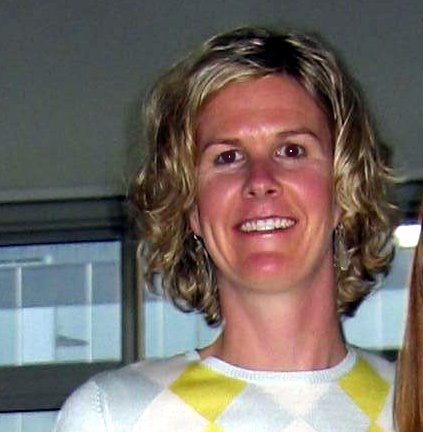The Maasai
 During our four days in Amboseli National Park and the Masai Mara (March 24 28) young Maasai warriors accompanied us on walks, drives and at the camps – although they still keep their traditional customs, many of the young men now work at lodges on or near Maasai reserves. The Maasai are probably the most well-known of Kenya’s 70 tribes thanks to the bright red-checked blankets that the men wear around their shoulders and large number of beaded necklaces that the women wear around their necks. They are also distinctive for their tall, slender bodies, long-lobed ears and missing bottom front teeth - removed at a young age so that they can still receive milk and water should they go unconscious. Young male Maasai warriors wear their hair long, braided and dyed an ochre-color. There is no more striking figure in Kenya, I think, than to look across the savannah and see a tall Maasai standing out in vibrant red against a blue sky, herding hundreds of cattle along.
During our four days in Amboseli National Park and the Masai Mara (March 24 28) young Maasai warriors accompanied us on walks, drives and at the camps – although they still keep their traditional customs, many of the young men now work at lodges on or near Maasai reserves. The Maasai are probably the most well-known of Kenya’s 70 tribes thanks to the bright red-checked blankets that the men wear around their shoulders and large number of beaded necklaces that the women wear around their necks. They are also distinctive for their tall, slender bodies, long-lobed ears and missing bottom front teeth - removed at a young age so that they can still receive milk and water should they go unconscious. Young male Maasai warriors wear their hair long, braided and dyed an ochre-color. There is no more striking figure in Kenya, I think, than to look across the savannah and see a tall Maasai standing out in vibrant red against a blue sky, herding hundreds of cattle along. 
The Maasai are known for their pride and fierceness, and diet of blood and curdled milk. They are nomadic pastoralists who migrated from present-day Sudan in the early 17th century. By 1800 they had become a dominant group in Kenya, controlling a lot of land in the Rift Valley and plains near the Tanzanian border. European hunting safaris in the early 1900s made the Mara world famous. By the early 1960s, not surprisingly, the European hunters had almost wiped-out the lion population and the British colonialists had gazetted the Maasai land to create the Mara National Reserve for hunting and tourism. Initial efforts to resettle the Maasai met with slow success because the majority still practice nomadic pastoralism and have a disdain for agriculture and land ownership. To this day, the Maasai still consider their cattle, numbering in the millions, very sacred, to be used for bartering and dowries, but not for meat. However, more recently, wildlife reserves run by Maasai Group Ranches have been created adjacent to the Mara and other national parks and have begun to provide the Maasai with their owed share of land and tourism revenue.
Jackson, our guide in Amboseli, and Robert, in the Mara, sat and shared stories with us. They talked to us about the three stages of a Maasai man’s life – boyhood, warrior and elder. Men become warriors at some point between ages 14 and 18 years when they first go through a circumcision ceremony, then live alone outside their village with other warriors for 8 years or so, before returning to the village as elders. Warriors are meant to hunt and protect the cattle herds and land and, to this day, it is taken very seriously. In addition, many Maasai still practice polygamy and female circumcision – of course, practices much derided and fought against, despite their tradition within the Maasai, because of their abuse of women.
Jackson took us to a village nearby Amboseli, a somewhat touristy excursion that involved us shaking every elder’s hand and touching every child’s head; almost suffocating in a windowless, hot, small mud hut as an elder explained a husband’s custom of placing his spear outside one of his wife’s hut to let everyone know he was with her; watching men make fire and women make curdled milk; and observing a dance among the warriors that involved jumping as high as possible as a show of strength. But the fact remains, the village was an example of where and how most Maasai currently live – they did not just carpool in from Nairobi, put on their costumes and dance around for tourists – but they actually live in small mud huts, cook over a fire, drink curdled milk and blood and wear the clothing and ornamentation they have been wearing for centuries. Despite their ventures into tourism and the cell phones that dangle from their waste belts next to their knives, they still keep to their traditional beliefs and customs. Men, such as Jackson and Robert, still return to their small villages during their days off and share all the money they earn with their clan. They express happiness and no desire to leave or change. In many ways, the Maasai really are people to be in awe of!



<< Home